Baked sweet potatoes, with their caramelized natural sugars and tender flesh, are a beloved comfort food enjoyed across cultures. Whether served as a side dish, a base for bowls, or a standalone snack, their versatility and nutritional benefits—such as high fiber, vitamins, and antioxidants—make them a pantry staple. However, one common challenge home cooks and food enthusiasts face is determining the ideal duration for storing baked sweet potatoes without compromising their taste, texture, or safety. This article delves into the science and practicality of preserving baked sweet potatoes, exploring storage times, methods, and indicators of spoilage to ensure every batch retains its delicious quality.
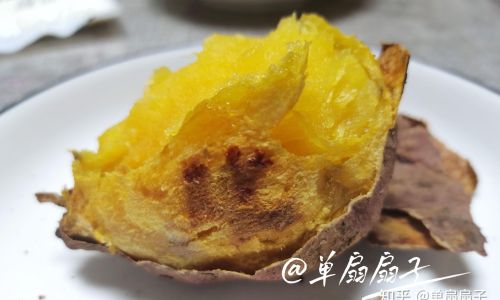
Understanding the Shelf Life of Baked Sweet Potatoes
The longevity of stored baked sweet potatoes depends on several factors, including storage temperature, moisture levels, exposure to air, and the initial quality of the ingredient. Unlike raw sweet potatoes, which can last weeks when stored in a cool, dark place, baked sweet potatoes are perishable due to their cooked state. The cooking process breaks down cell walls, increasing susceptibility to bacterial growth and moisture loss.
Refrigeration: The Primary Method for Short-Term Storage
Refrigerating baked sweet potatoes is the most effective way to extend their edibility. When stored properly, they can last 3–5 days in the refrigerator. However, this timeframe is not absolute; variables such as container choice and temperature consistency play critical roles.
- Temperature Control: The refrigerator should maintain a steady temperature between 34°F and 40°F (1°C–4°C). Fluctuations beyond this range can accelerate spoilage or cause freezer burn if near freezing points.
- Airtight Containers: Transfer baked sweet potatoes to airtight containers or resealable plastic bags within two hours of cooking to prevent bacterial contamination. Glass or BPA-free plastic containers with tight-fitting lids are ideal, as they minimize air exposure while allowing moisture to escape slightly, preventing sogginess.
- Avoiding Cross-Contamination: Store sweet potatoes away from strong-smelling foods (e.g., onions, garlic) to prevent flavor absorption.
Freezing: Extending Shelf Life for Long-Term Use
For those who prefer meal prepping or reducing food waste, freezing baked sweet potatoes is a viable option. When frozen correctly, they can retain their quality for 6–12 months, though they are best consumed within the first three months for optimal flavor.
- Preparation Before Freezing: Allow baked sweet potatoes to cool completely at room temperature to avoid condensation, which leads to ice crystals and freezer burn. Slice them into portions or mash for easier future use.
- Packaging Techniques: Use freezer-safe bags or containers, removing as much air as possible to prevent oxidation. For added protection, wrap individual portions in aluminum foil or parchment paper before placing them in bags.
- Labeling: Always label containers with the freezing date to track freshness.
Countertop Storage: A Risky Shortcut
Leaving baked sweet potatoes at room temperature (above 40°F/4°C) is strongly discouraged. Bacteria like Staphylococcus aureus and Bacillus cereus multiply rapidly in the “danger zone” (40°F–140°F or 4°C–60°C), increasing the risk of foodborne illness. If served at a buffet or potluck, discard any uneaten portions after two hours.
Signs of Spoilage: When to Discard Baked Sweet Potatoes
Even with meticulous storage, baked sweet potatoes will eventually degrade. Recognizing the early warning signs of spoilage is crucial for health safety:
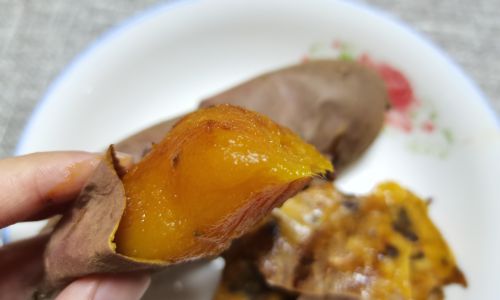
- Off-Putting Odors: A fermented, sour, or musty smell indicates bacterial activity.
- Mold Growth: Fuzzy patches in green, black, or white hues are clear red flags. Even small spots suggest widespread contamination.
- Texture Changes: Excessive shriveling, mushiness, or a grainy texture (due to starch breakdown) render the sweet potatoes unappetizing.
- Discoloration: Dark brown or grayish streaks, especially if accompanied by a slimy film, signal oxidation and microbial growth.
Trust Your Senses: If in doubt, prioritize safety over thriftiness. Consuming spoiled sweet potatoes can lead to gastrointestinal distress, including nausea, vomiting, or diarrhea.
Reheating Techniques to Preserve Flavor and Texture
Proper reheating methods are as important as storage to maintain the quality of baked sweet potatoes.
- Oven Reheating: Preheat to 350°F (175°C), wrap sweet potatoes in foil, and bake for 15–20 minutes. This method retains moisture and re-crisps the skin.
- Microwave Convenience: Use a microwave-safe dish with a damp paper towel to prevent dryness. Heat in 30-second intervals, flipping halfway through.
- Stovetop Innovation: Sauté sliced or mashed sweet potatoes in a skillet with a splash of oil or broth for a caramelized finish.
Creative Ways to Use Leftover Baked Sweet Potatoes
Leftover baked sweet potatoes are a culinary blank slate. Here are inventive recipes to repurpose them:
- Sweet Potato Hummus: Blend with chickpeas, tahini, garlic, and lemon juice for a creamy dip.
- Breakfast Bowls: Top with Greek yogurt, granola, and a drizzle of honey for a nutrient-packed morning meal.
- Savory Fritters: Mix with grated zucchini, flour, and spices, then pan-fry until golden.
- Soup Thickener: Purée into butternut squash or tomato soup for added sweetness and body.
- Baby Food: Mash with breast milk or formula for a nutrient-dense first food.
The Role of Additives in Storage
For those seeking to extend shelf life beyond conventional methods, natural additives can help:
- Lemon Juice: A teaspoon of lemon juice mixed into mashed sweet potatoes lowers pH, inhibiting bacterial growth.
- Honey or Maple Syrup: These natural preservatives add moisture and antimicrobial properties.
- Vinegar: A light splash of apple cider vinegar can extend refrigerator life by a day or two, though it alters the flavor profile.
Environmental and Economic Considerations
Proper storage of baked sweet potatoes aligns with sustainability goals by reducing food waste. According to the USDA, Americans discard 30–40% of their food supply annually, with vegetables being a major contributor. By mastering storage techniques, home cooks can save money and lower their carbon footprint.
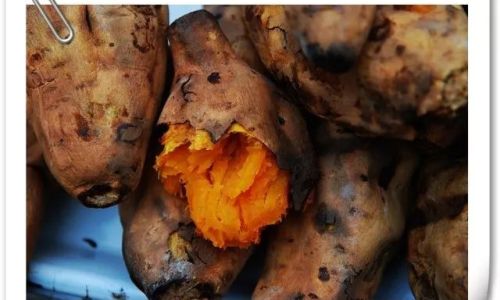
Cost-Benefit Analysis: A single medium sweet potato costs approximately $0.50–$1.00. Storing it correctly prevents the need for repeated purchases, accumulating savings over time.
Conclusion: Balancing Convenience and Quality
The key to preserving baked sweet potatoes lies in understanding the interplay between time, temperature, and technique. While refrigeration offers a 3–5 day window for freshness, freezing unlocks months of usability without significant quality loss. By adhering to storage best practices and recognizing spoilage signs, you can enjoy this nutrient-rich vegetable at its peak, whether for a quick weekday meal or a cozy winter dish.
Remember, the goal is not merely to extend shelf life but to honor the ingredient’s inherent flavors and textures. With mindful preservation, baked sweet potatoes remain a delightful, wholesome addition to any meal.
Final Tip: For busy households, consider batch-cooking and freezing portions in meal-sized containers. This strategy streamlines weeknight dinners while minimizing waste—a win for both your schedule and your palate.



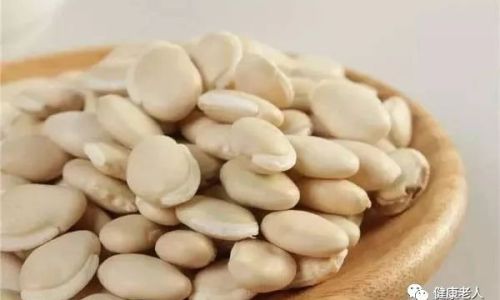
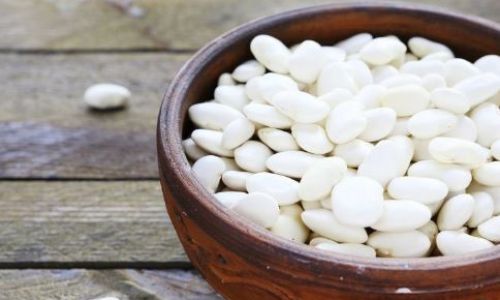
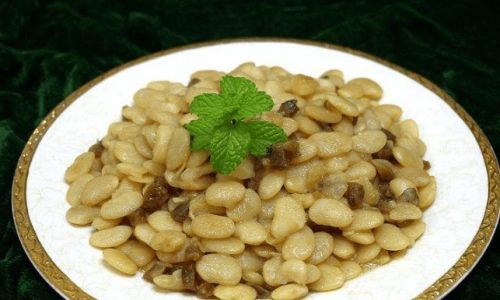
0 comments